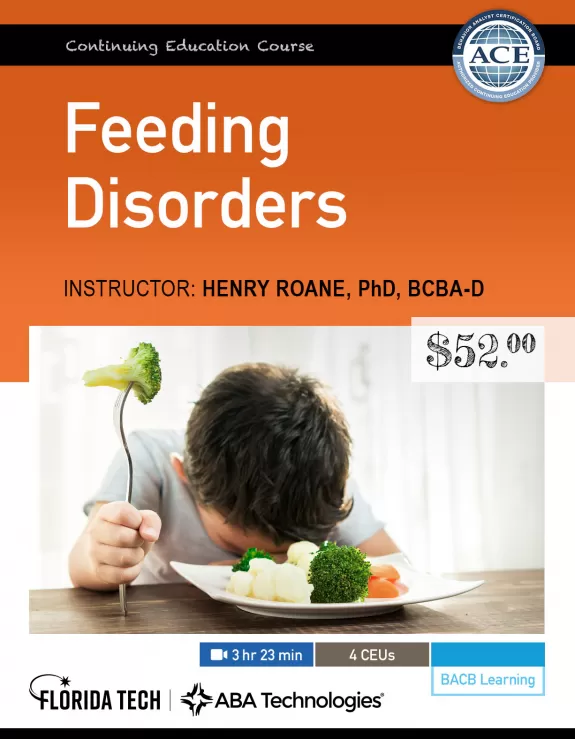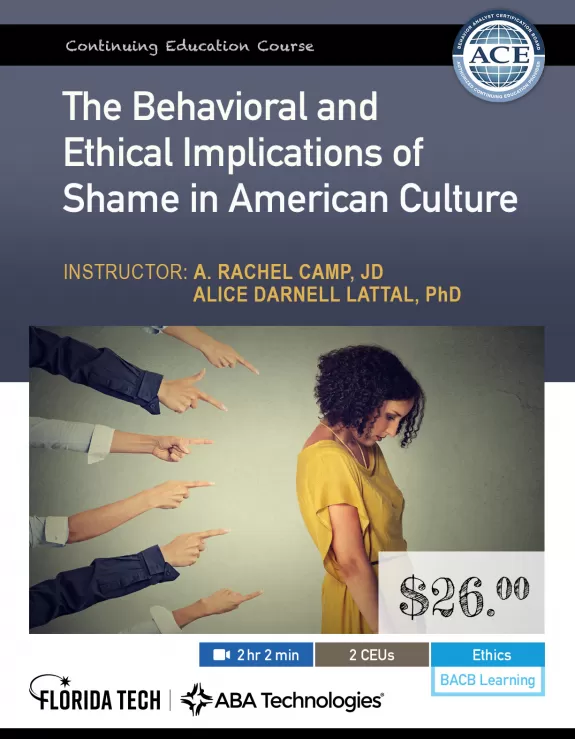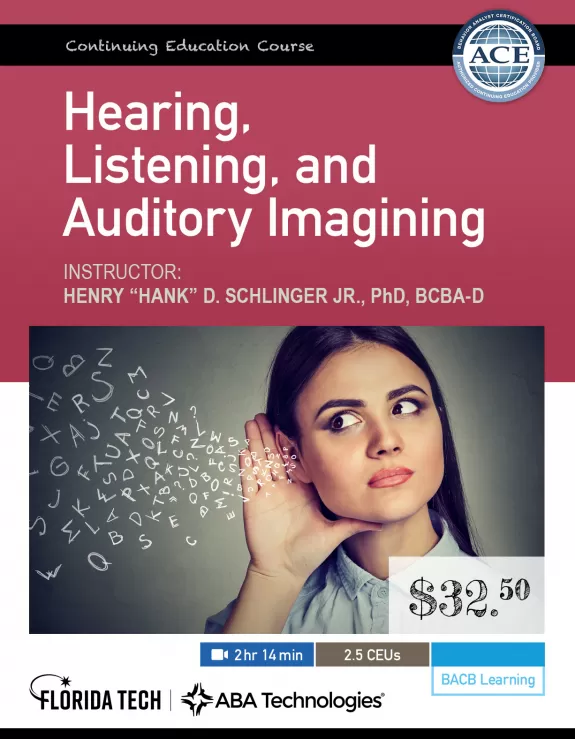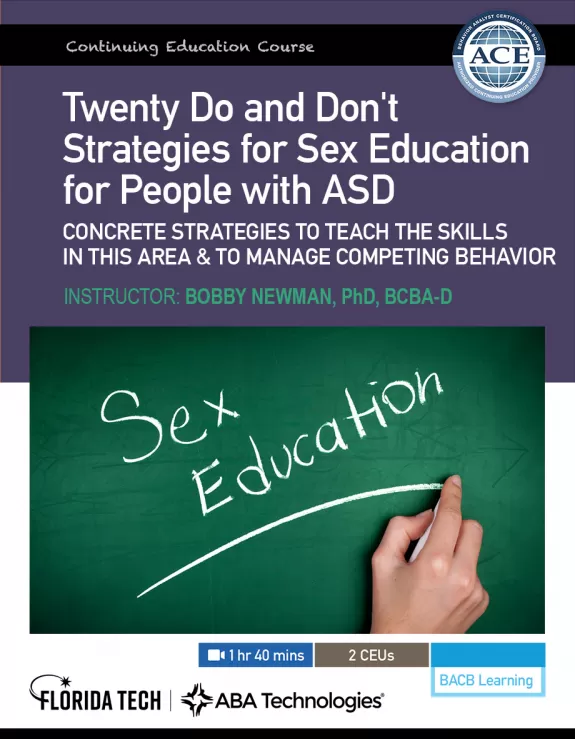Feeding Disorders
Abstract
It is common for those diagnosed with autism to have some type of feeding disorder. Understanding and trying to correct a feeding disorder can be very difficult and time-consuming. Consistent and intensive treatment is most necessary for the treatment of feeding disorders. Henry Roane provides treatment assessment considerations while giving clarity to operational definitions, types of feeding disorders, and evidence-based treatments. He also reviews how to create appropriate behavioral treatment plans for feeding issues, including accepting food, chewing, packing, spitting out, pica, and rumination.
Learning Objectives
What you’ll learn in the course and be able to do afterward
- Given the distinct differences between a feeding and eating disorder, you will be able to
- explain how to identify if a client has a feeding disorder;
- identify examples of feeding disorders;
- list three things to include in operational definitions of a feeding treatment plan.
- With the research of implementing different types of assessments, you will be able to
- describe when to use indirect assessments, direct assessments, and functional analyses;
- name at least three measurement types to collect data on.
- Using the various case examples, you will
- identify clinical considerations for two different cases;
- define pica and describe how it can be assessed and treated.
- Given a complete definition of rumination disorders,
- explain three causes of rumination disorders.
Partnership
This course is delivered through Florida Tech. Clicking "Enroll Now" will take you to Florida Tech’s website where you can Add to Cart, Checkout, and complete the course. Come back to our website for podcasts, blogs, courses, and content.





